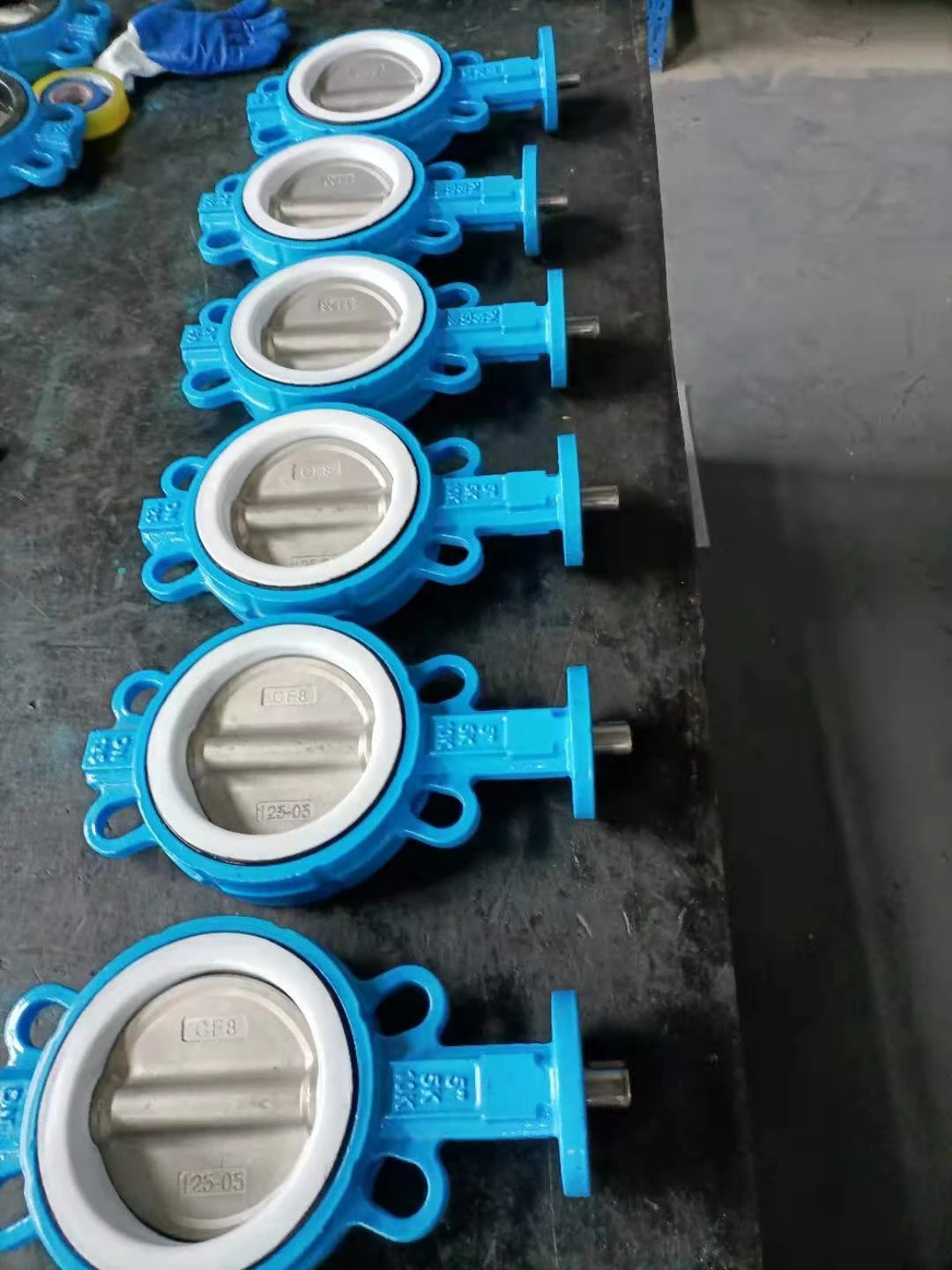foot valve for diesel tank
Understanding Foot Valves for Diesel Tanks A Comprehensive Overview
Foot valves play a critical role in the functionality of diesel tanks. These small yet essential components ensure that the fuel system operates smoothly and efficiently. Whether in a commercial setting or for personal use, understanding foot valves can help you maintain your diesel tank effectively.
What is a Foot Valve?
A foot valve is a type of check valve that is located at the bottom of a fuel tank, submerged in the diesel fuel. Its primary function is to maintain the prime in a suction line, allowing the pump to draw fuel when needed while preventing backflow. In simpler terms, the foot valve ensures that once the fuel is drawn from the tank, it doesn't flow back down, which would require the pump to prime itself again, wasting time and resources.
Key Functions of Foot Valves
1. Preventing Backflow The most critical function of the foot valve is to prevent backflow of diesel into the tank when the pump is not operating. This mechanism ensures that the pump remains primed and ready for operation when it’s needed.
2. Maintaining Suction By ensuring that the fuel does not drain back into the tank, the foot valve helps maintain a consistent suction for the pump, allowing for a steady flow of diesel when pulling from the tank.
3. Filtration Many foot valves come equipped with a screen or filter that helps to keep debris and contaminants out of the fuel system. This is particularly important for diesel tanks, as impurities can damage fuel pumps and injectors.
4. Pressure Regulation Foot valves can also assist in maintaining pressure levels within the fuel system, contributing to overall efficiency and engine performance.
Types of Foot Valves
Foot valves come in several varieties, each suited for different applications
. The most common types includefoot valve for diesel tank

- Plastic Foot Valves These are typically used in smaller or less demanding applications. They are lightweight and resistant to corrosion but may not withstand high pressures.
- Brass and Stainless Steel Foot Valves For more demanding environments, brass or stainless steel foot valves are preferred. They offer greater durability and resistance to corrosion, making them ideal for commercial diesel tanks.
- Spring-loaded Foot Valves These valves use a spring mechanism to ensure quick closure, preventing backflow effectively. They are often used in systems where rapid fuel delivery is necessary.
Installation and Maintenance
Proper installation and maintenance of foot valves are crucial for their efficient operation. Here are a few tips for ensuring your foot valve functions effectively
1. Choosing the Right Size Select a foot valve that matches the diameter of your suction line. An incorrectly sized valve can lead to inefficiencies and performance issues.
2. Regular Inspection Periodically check the foot valve and its filter for debris or wear. If the screen becomes clogged, it can impede fuel flow and should be cleaned or replaced immediately.
3. Monitor Fuel Levels Keeping an eye on your diesel tank levels will help you gauge when maintenance is necessary. If you notice difficulty in drawing fuel, it might be time to inspect the foot valve.
4. Follow Manufacturer's Guidelines Always refer to the manufacturer’s instructions for installation and maintenance procedures. These guidelines are designed to maximize the lifespan and effectiveness of your foot valve.
Conclusion
Foot valves are a vital component of diesel fuel systems, playing a crucial role in maintaining the efficiency and effectiveness of diesel tanks. By understanding their functions, types, and maintenance requirements, users can ensure a reliable fuel supply for their engines or other applications. Whether you're operating a small farm or managing a fleet of diesel vehicles, recognizing the importance of foot valves enables you to maintain optimal performance and reduce downtime due to fuel system issues. Investing in quality foot valves and adhering to best practices can lead to significant long-term savings and enhanced operational efficiency.
-
The Key to Fluid Control: Exploring the Advantages of Ball Valves in Industrial SystemsNewsJul.09,2025
-
The Versatile World of 1, 2, and 3 Piece Ball ValvesNewsJul.09,2025
-
Stainless Steel Ball Valves: The Ideal Choice for Efficient Flow ControlNewsJul.09,2025
-
Optimizing Fluid Control with Ball Float ValvesNewsJul.09,2025
-
Manual Gate Valves: Essential for Control and EfficiencyNewsJul.09,2025
-
Everything You Need to Know About Butterfly ValvesNewsJul.09,2025
-
The Versatility of Wafer Type Butterfly ValvesNewsJul.08,2025




